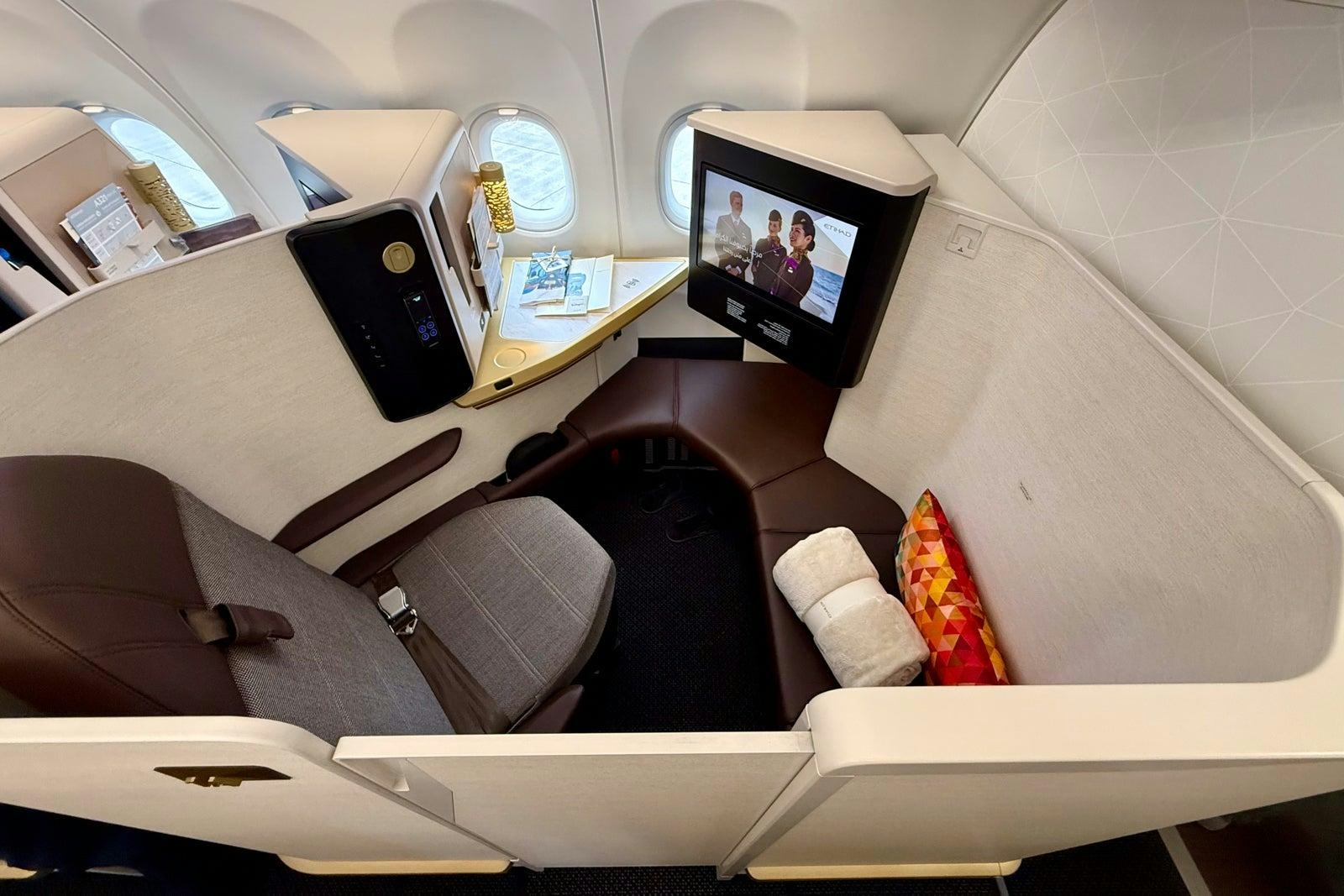
AeroGenie: Su copiloto inteligente.
Tendencias
Categories
NASA Tests Aircraft to Enhance Air Taxi Flight Controls
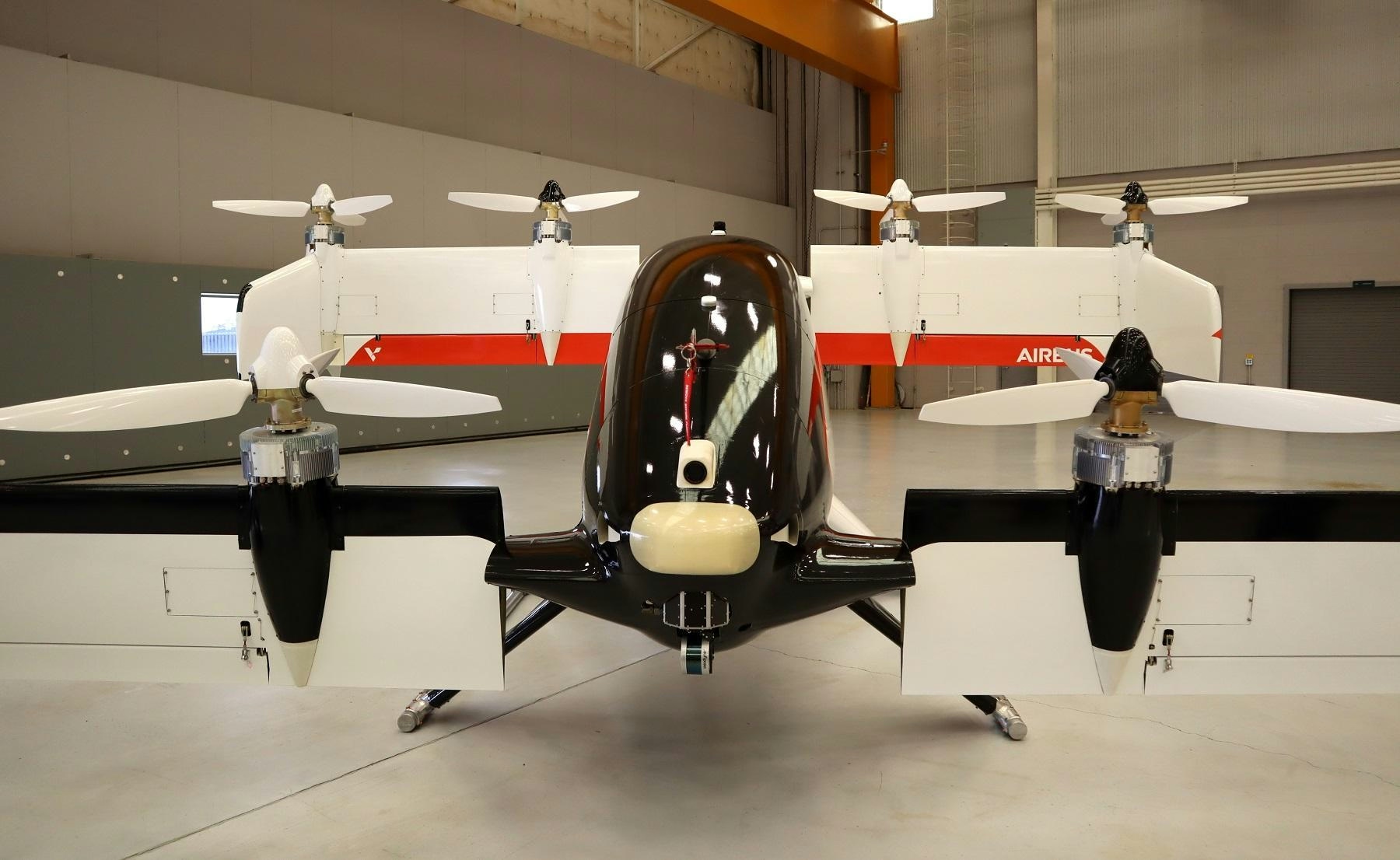
NASA Advances Flight Control Technologies for Air Taxis
NASA is making significant progress toward the realization of air taxis by conducting comprehensive wind tunnel and flight tests on a scaled electric Vertical Takeoff and Landing (eVTOL) aircraft at its Langley Research Center in Hampton, Virginia. On April 22, 2025, researchers gathered critical data aimed at improving flight control systems essential for the safe and reliable operation of future urban air mobility vehicles.
The RAVEN SWFT Project and Its Objectives
The initiative, known as the Research Aircraft for eVTOL Enabling techNologies Subscale Wind Tunnel and Flight Test (RAVEN SWFT), employs a 38-pound model with a six-foot wingspan outfitted with 24 independently actuated control effectors. These sophisticated components enable precise manipulation of the aircraft’s movements, providing an ideal platform for investigating advanced flight control mechanisms and autonomous flight capabilities.
As the air taxi industry prepares for commercial deployment, engineers face the complex challenge of ensuring these vehicles can operate safely within dense urban environments. Real-world flight dynamics data is crucial for developing robust control systems capable of stabilizing and guiding aircraft under diverse and unpredictable conditions. Much of the existing data remains proprietary within private companies, creating a knowledge gap that NASA’s project seeks to address by generating and openly sharing non-proprietary data to benefit the wider aerospace community.
Siena Whiteside, lead of the RAVEN project, emphasized the importance of NASA’s role in this research, stating, “NASA’s ability to perform high-risk flight research for increasingly automated and autonomous aircraft is really important. We need to push these vehicles to their limits and understand what happens during unforeseen events, such as a motor failure. NASA is willing to take those risks and publish the data so everyone can benefit.”
Testing Methodology and Broader Implications
Initial testing began in 2024 within NASA’s 12-Foot Low-Speed Tunnel, where researchers simulated real-world flight scenarios to gather data that would mitigate risks during subsequent flight trials. The testing sequence progressed from tethered flights to free-flight operations, with the aircraft remotely piloted from the ground to ensure safety and control.
The RAVEN SWFT project forms part of NASA’s broader commitment to advancing urban air mobility technologies, alongside initiatives such as the X-59 supersonic aircraft program. Both projects confront significant challenges, including ensuring the reliability and safety of advanced flight control systems and navigating complex regulatory environments, particularly concerning supersonic flight over populated areas. Despite these hurdles, the market response has been encouraging, with urban air mobility companies showing strong interest in integrating quieter and more efficient air travel solutions. Concurrently, competitors are accelerating their development of quiet supersonic technologies to remain competitive in the rapidly evolving air taxi sector.
By openly disseminating its research findings, NASA aims to foster innovation and establish industry standards that promote safe, efficient, and accessible air taxi operations. The ongoing tests at Langley represent a vital step toward a future where air taxis provide fast and reliable transportation across urban landscapes.
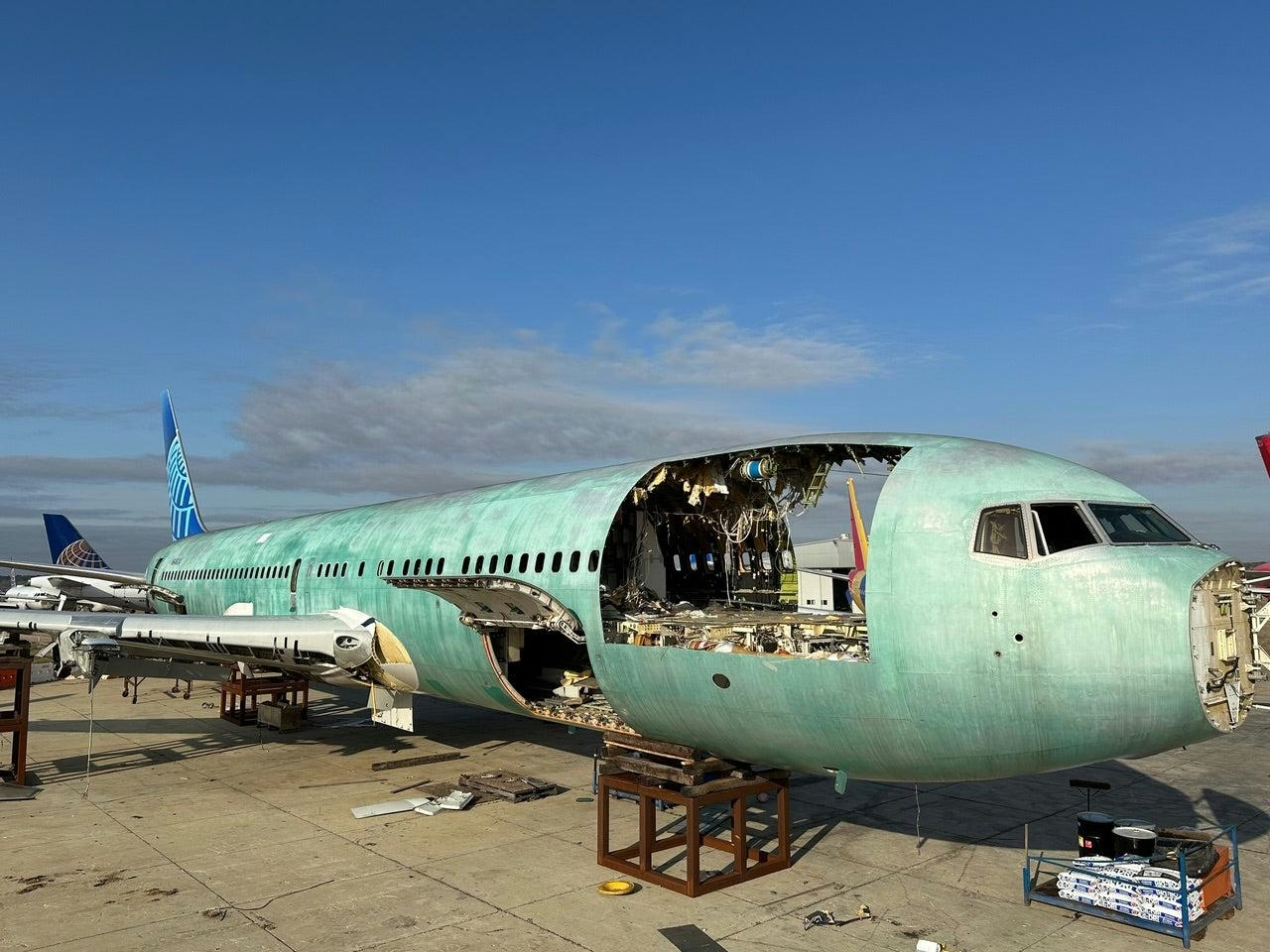
This Airline Operated The Rarest Boeing 767s In The World
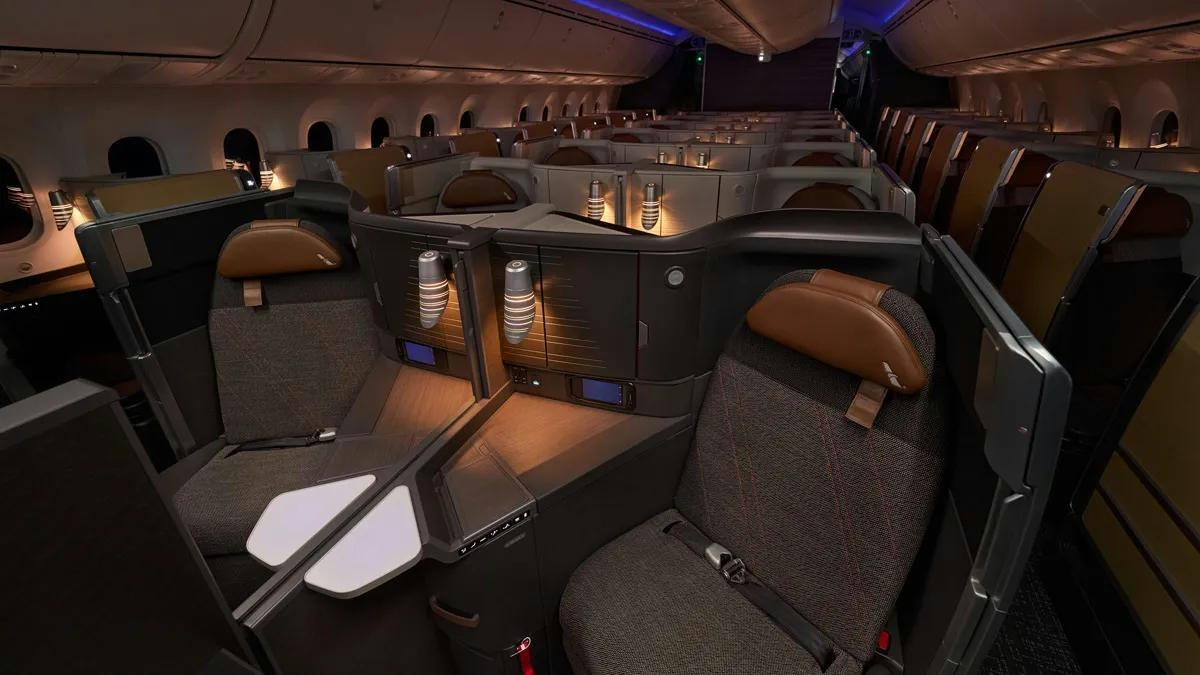
Q&A: Why Travel Needs a New Platform Built for an Open Ecosystem
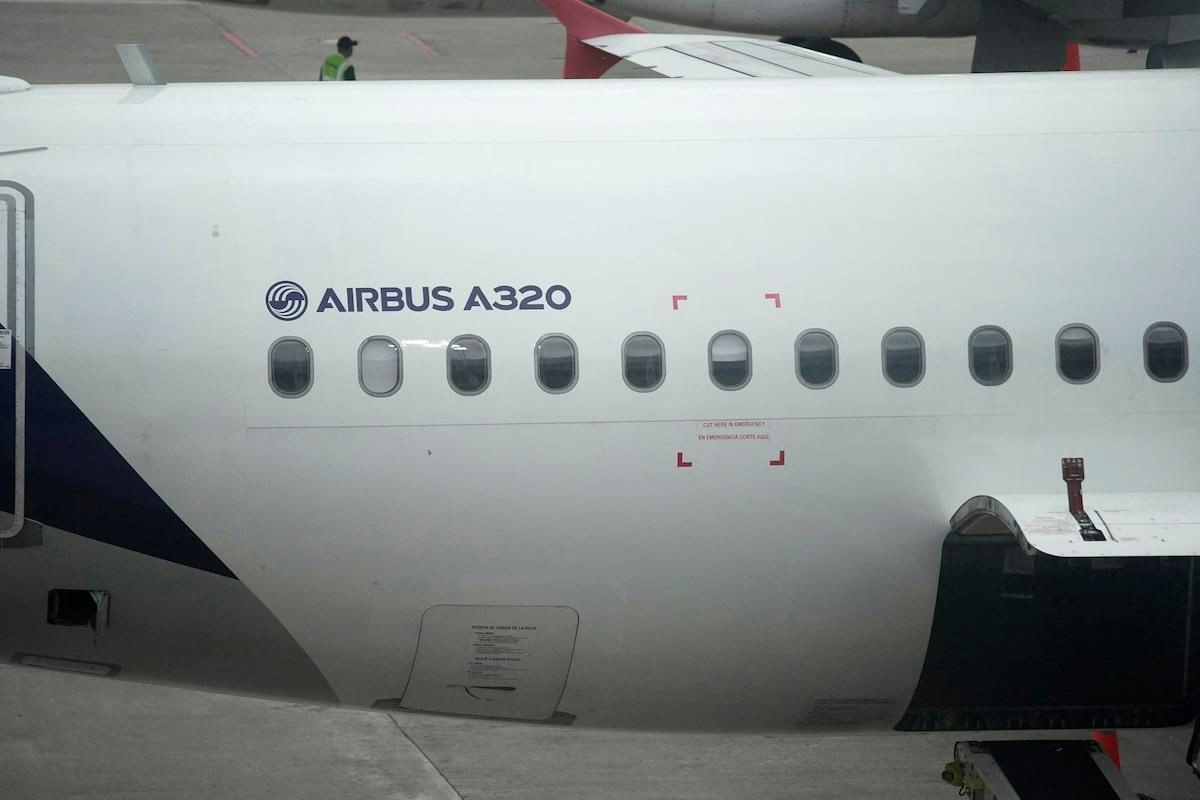
Two Chinese Airlines Announce Plans to Order Airbus A320neos
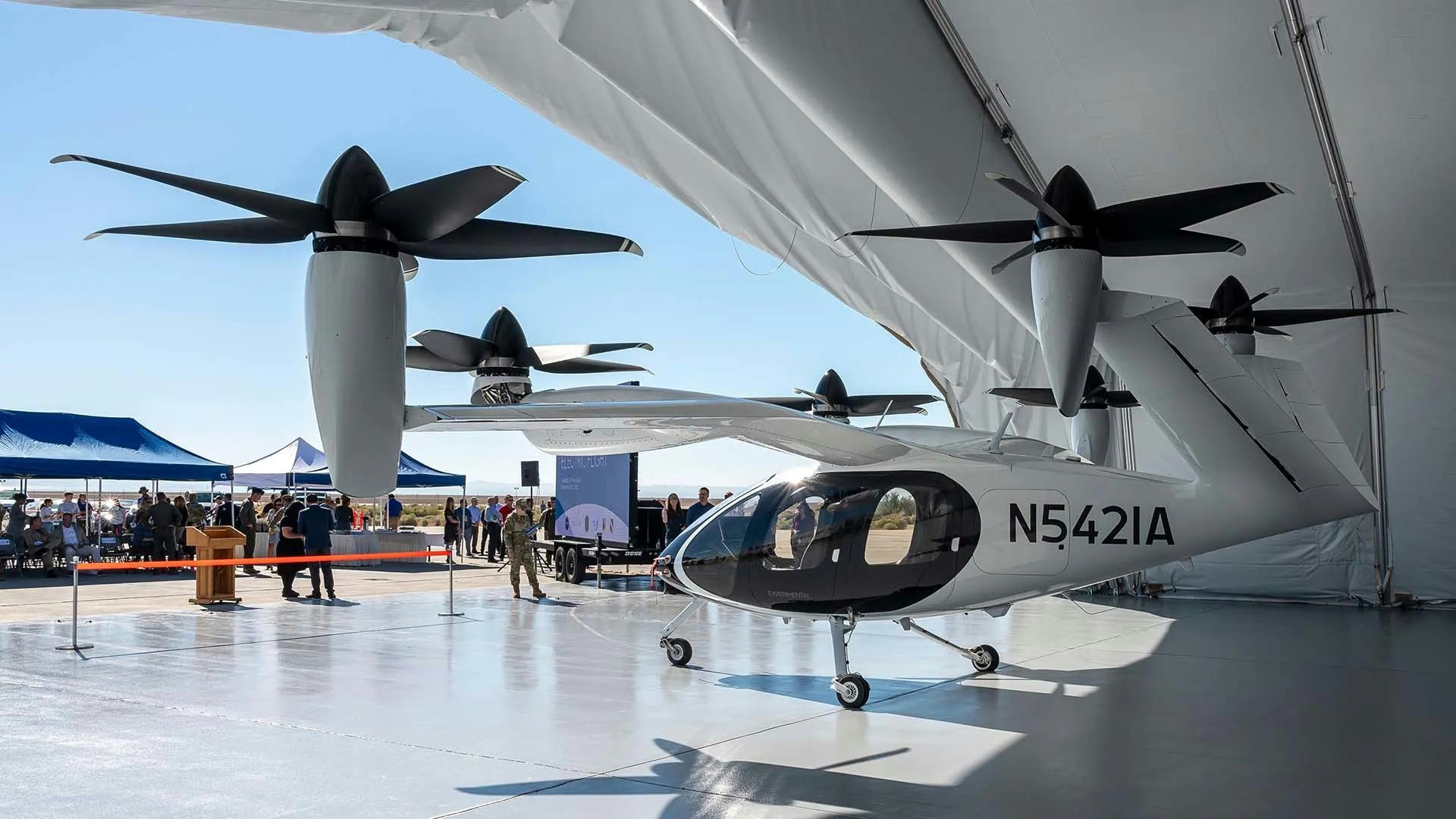
Toyota-Backed VTOL Company Plans 25 Vertiports Across the U.S.
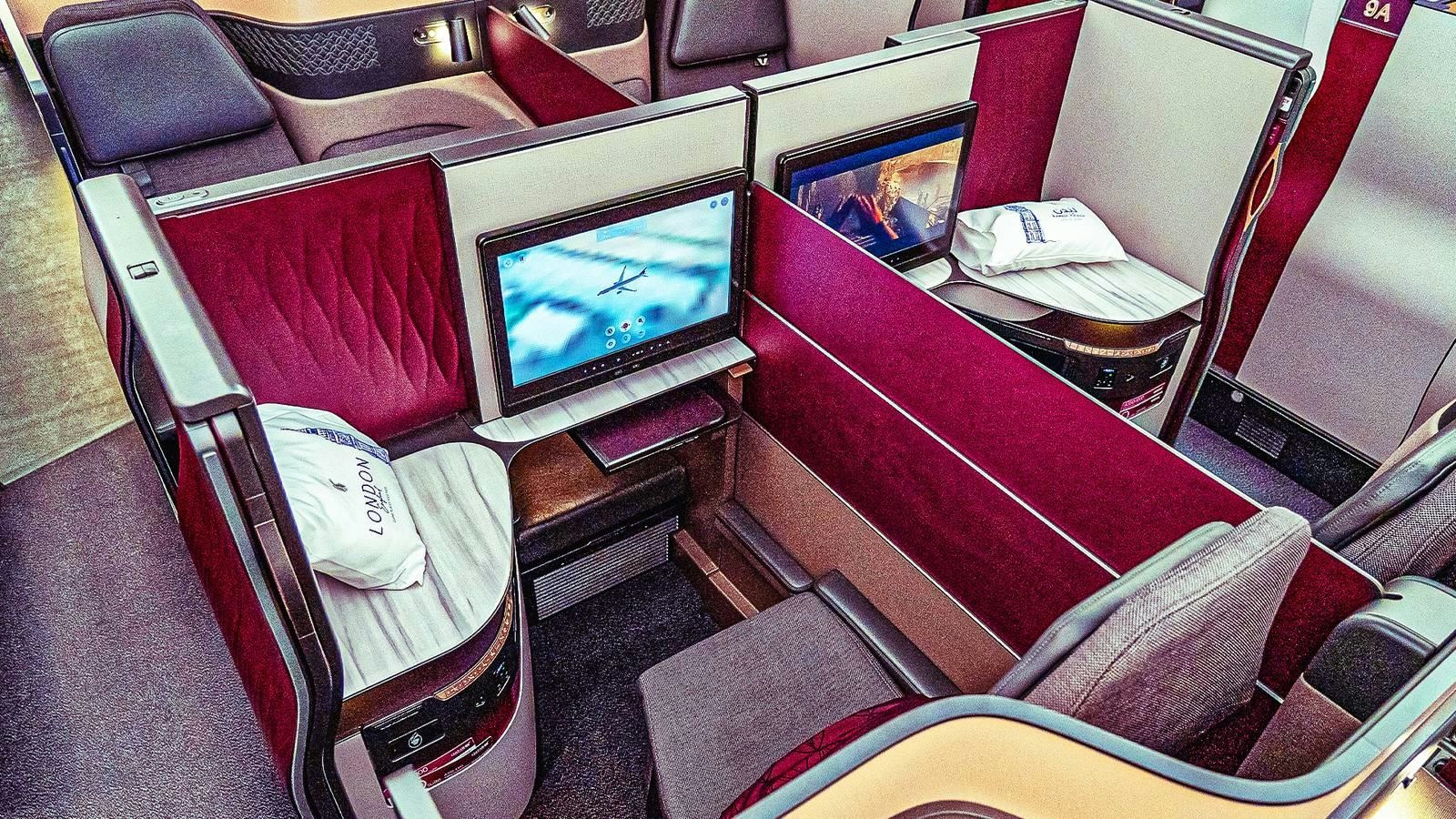
Top Widebody Business Class Seats Available for Booking
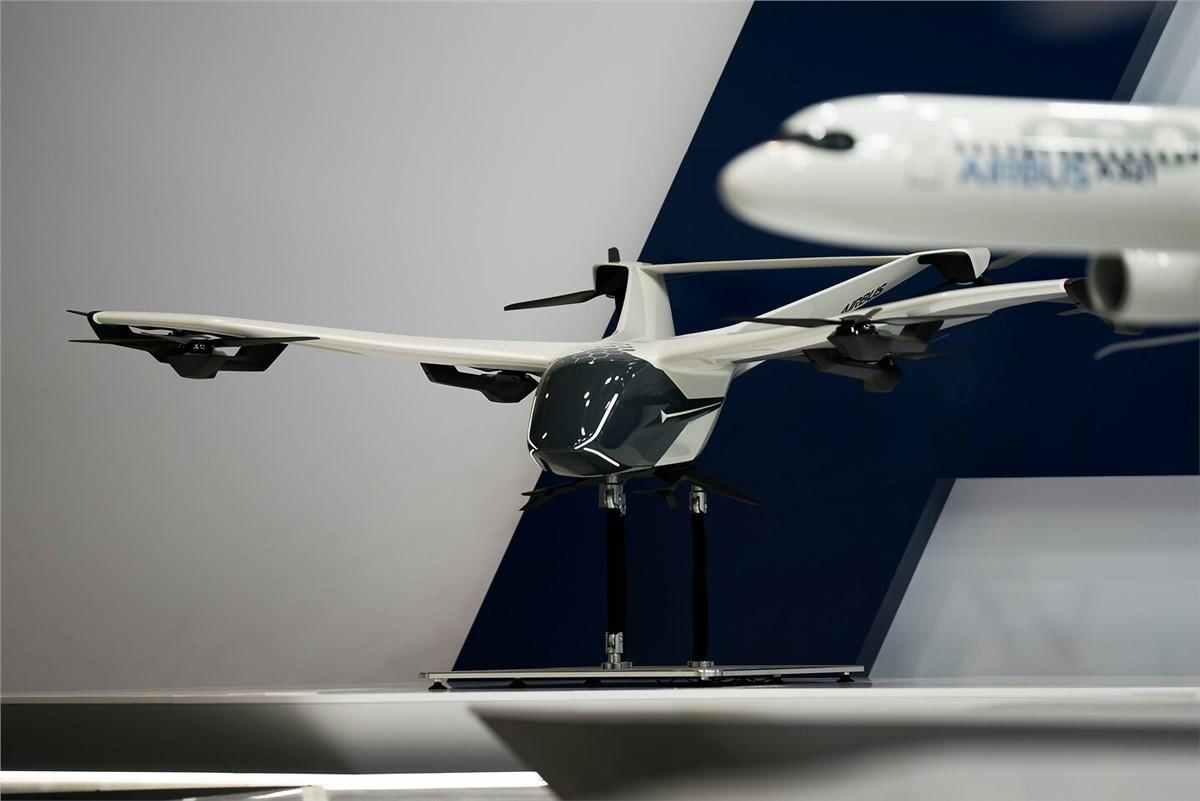
The Airbus Model: Successes in Civil Aviation and Challenges in Defense and Innovation

Bosnian Aircraft Engine Overhaul Company Launches New Projects

How AI Helped Uncover Airline Pricing Strategies and Reduce Costs
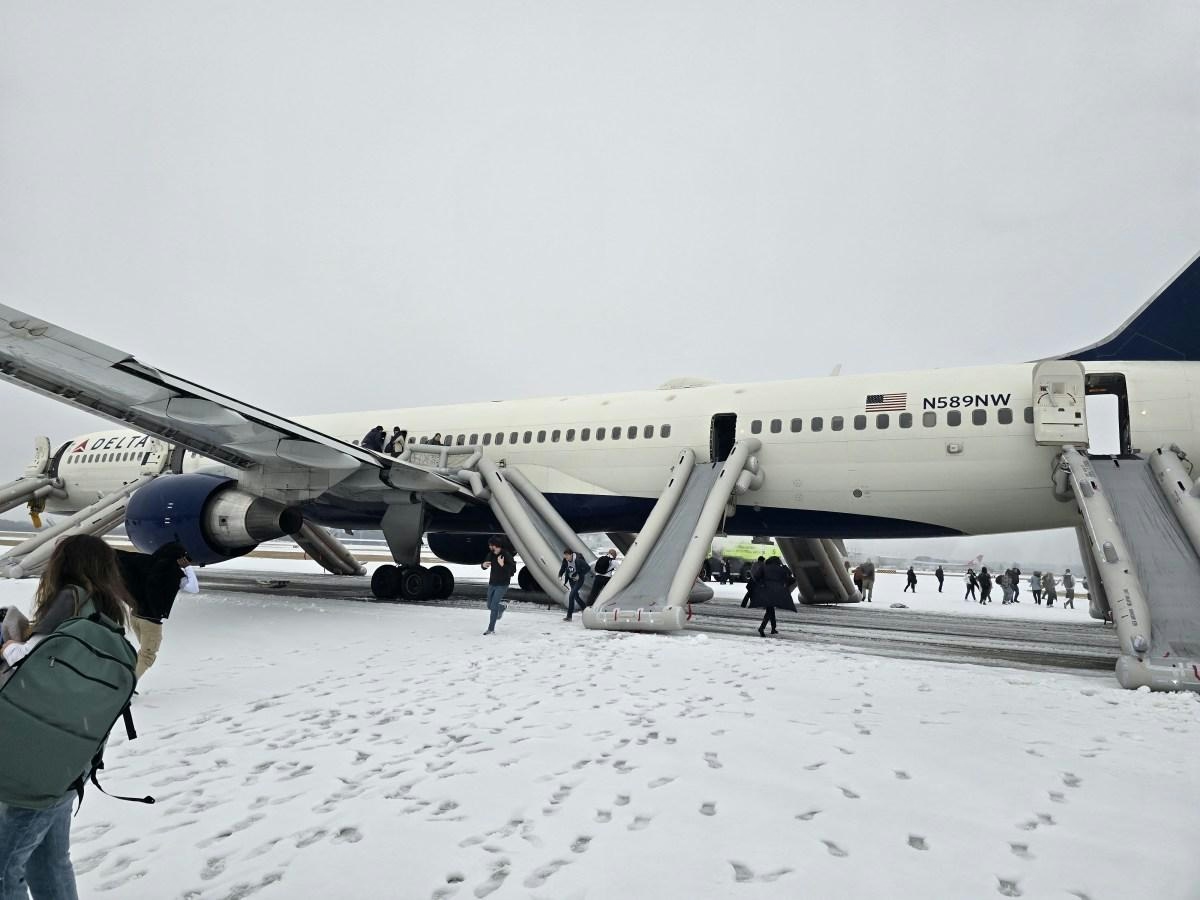
Delta Flight Returns to Atlanta After Engine Issue
